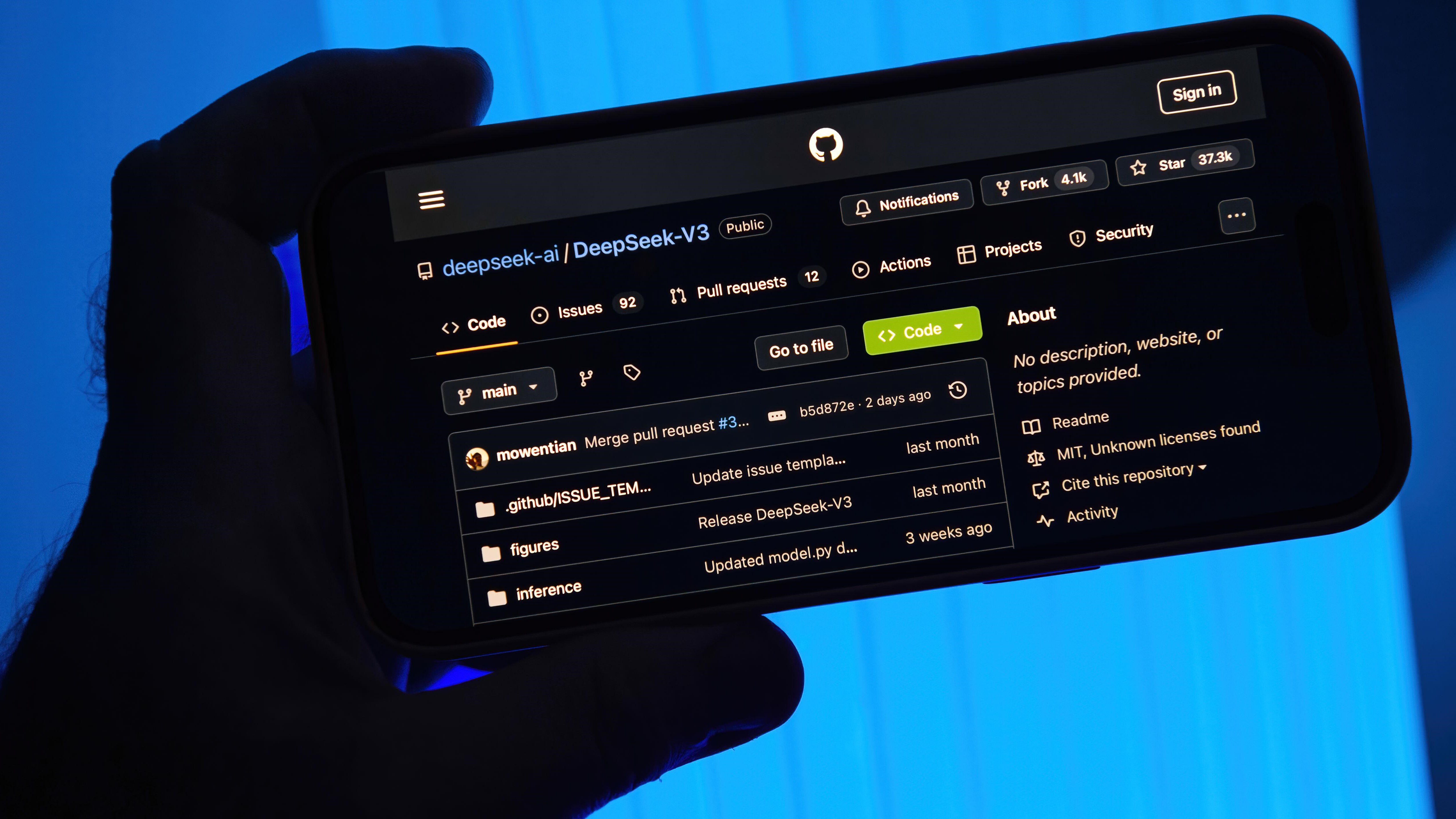Microsoft Azure AI Face Service Elevation of Privilege Vulnerability Let Attackers Gain Network Access
Microsoft has disclosed a critical vulnerability, CVE-2025-21415, impacting the Azure AI Face Service, which is classified as an Elevation of Privilege issue, allowing attackers to bypass authentication mechanisms via spoofing, escalating their privileges over a network. However, Microsoft has confirmed that the vulnerability has been fully mitigated and requires no customer action. This disclosure underscores […] The post Microsoft Azure AI Face Service Elevation of Privilege Vulnerability Let Attackers Gain Network Access appeared first on Cyber Security News.

Microsoft has disclosed a critical vulnerability, CVE-2025-21415, impacting the Azure AI Face Service, which is classified as an Elevation of Privilege issue, allowing attackers to bypass authentication mechanisms via spoofing, escalating their privileges over a network.
However, Microsoft has confirmed that the vulnerability has been fully mitigated and requires no customer action. This disclosure underscores Microsoft’s ongoing commitment to transparency in managing and addressing potential security threats in its cloud services.
Technical Details: CVE-2025-21415
The identified flaw is tied to CWE-290, Authentication Bypass by Spoofing, a weakness in which attackers can trick a system into accepting a spoofed identity, potentially bypassing authentication protocols.
This vulnerability allowed attackers to elevate privileges, potentially compromising the systems’ confidentiality, integrity, and availability.
This vulnerability has been assigned a critical CVSS 3.1 base score of 9.9, reflecting its severe impact. It features a network-based attack vector with low attack complexity, requiring minimal privileges and no user interaction.
Additionally, the scope is changed, meaning the exploit can extend beyond its initial context. The potential impact on confidentiality, integrity, and availability is high, underscoring the significant risk to data and services.
Microsoft’s assessment aligns with this severity, emphasizing the ease of exploitation and the substantial consequences it may have.
As of its disclosure on January 29, 2025, there has been no public disclosure or evidence of the vulnerability being exploited in the wild.
Its exploit maturity remains at the proof-of-concept stage, meaning that while researchers or internal teams have demonstrated its feasibility, there is no indication that attackers have actively weaponized it.
Despite the vulnerability’s severity, Microsoft has confirmed that it has not been used maliciously in real-world attacks.
Impact and Mitigation
The vulnerability affected the Azure AI Face Service, a specialized cloud tool used for facial recognition tasks. Exploiting this vulnerability could have allowed an attacker to impersonate legitimate users or escalate their privileges to access or manipulate sensitive data.
However, Microsoft has already taken action to mitigate the issue across its infrastructure, ensuring no further risk remains.
Importantly, no customer action is required, as the vulnerability has been fully resolved on Microsoft’s end. Microsoft released this CVE to enhance customer transparency and awareness.
Microsoft mitigated this vulnerability directly within its managed cloud infrastructure. Customers using Azure AI Face Service benefit from automatic security updates that address such vulnerabilities without manual intervention.
While no action is necessary for this specific vulnerability, users are encouraged to continue following best practices for securing cloud services:
- Enable Multi-Factor Authentication (MFA): Strengthen user account security and mitigate unauthorized access.
- Adopt Zero Trust Principles: Ensure strict verification for access requests within your environment.
- Monitor Resource Usage: Regularly review logs, network behavior, and Azure Monitor alerts for unusual activity.
- Stay Informed: Subscribe to Microsoft Security Advisories and updates for proactive awareness of potential threats.
CVE-2025-21415 represents a successful example of proactive threat mitigation in the cloud. Microsoft’s swift handling of this authentication bypass by spoiling vulnerability demonstrates the company’s robust security practices and dedication to customer transparency.
While the vulnerability has been fully mitigated, disclosures like this serve as a crucial reminder for businesses to remain vigilant in their security posture and leverage Microsoft’s secure-by-design cloud solutions.
Investigate Real-World Malicious Links & Phishing Attacks With Threat Intelligence Lookup - Try for Free
The post Microsoft Azure AI Face Service Elevation of Privilege Vulnerability Let Attackers Gain Network Access appeared first on Cyber Security News.















































































